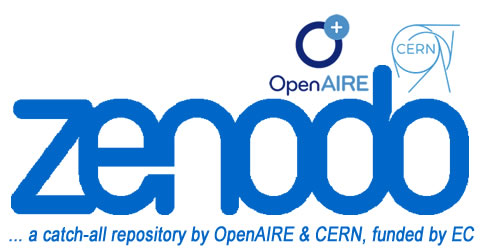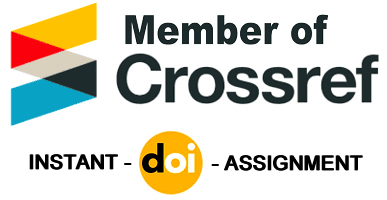The Endangerment Status of Gwari: A Case Study of Gbagyi in Niger State, Nigeria
DOI:
https://doi.org/10.5281/zenodo.15445981Keywords:
Endangerment, Gwari, Language attitude, Intergenerational transmission, Language documentationAbstract
Endangered languages are not solely defined by the number of speakers; the size of the speaker community is not necessarily the determining factor. This research on the endangered status of Gwari, a Benue-Congo language of the Nupoid family, specifically examined the speakers’ attitudes towards Gwari, in order to identify the need for language maintenance efforts and inform strategies for preserving this linguistic heritage.
The data for the study were collected through structured questionnaires administered to One hundred and fifty (150) randomly selected natives of Gbagyi in Niger State. The participants comprise twenty (20) adults (60years and above) and One hundred and thirty (130) students (6-18 years). The data were subjected to statistical and descriptive analysis.
It was observed that in Gbagyi, particularly among the younger generation, there preference for speaking Hausa (being the language of wider communication in the North and North-central zones) and English or Pidgin. The number of Gwari speakers is reducing as a result of migration, urbanization/westernization and commerce. Among the adult respondents in high domain, 27% of the respondents use Gwari, 15% use Hausa, 42.5% use English/NP, and 12.5% of the respondents use Gwari and Hausa. In the low domain, 33% of the respondents use Gwari, 16.8% use Hausa, 43% use English/NP and 7.2% use Gwari and Hausa. Among the students’ respondents, in the high domains, 21.1% of the respondents use Gwari, 41.5% use Hausa, 23.5% use English/NP and 7% use Gwari and Hausa while in the low domains, 40% of the respondents use Gwari at home, 42% use Hausa, 13% use English/NP and 8% use Gwari and Hausa at home.
The study recommended a collaborative effort involving the native speakers, language researchers, and government agencies, in order to promote a positive attitude towards Gwari, document its usage and integrate it into the school curriculum.













